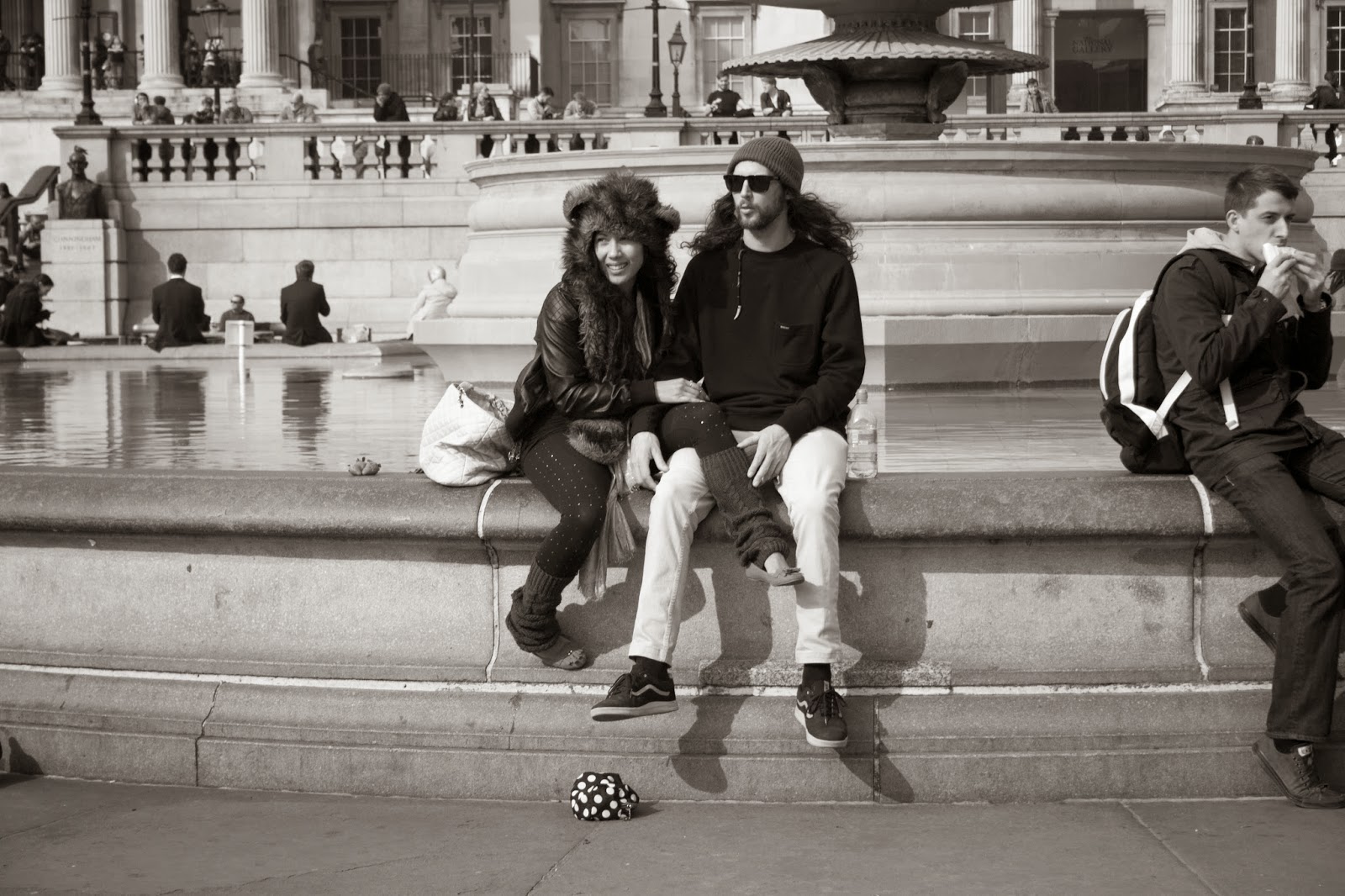Camilla Lauren Photography
Work in Progress - Peterborough and Skegness
Most of these images were taken in Peterborough's city centre, the first three however were taken in Skegness.
 |
| I like this image for the simplicity of it. I feel that the dog sticking out its tongue makes the image. This was taken with f/5, 1/500 second and 34 mm. |
Work in Progress - London 2
These images were taken in London on a second visit. The first are some from Oxford Street area (Bond Street, Carnaby Street), the others are from Covent Garden.
 |
| I thought I would include this image to show what a difference peoples presence in an image can make, as this image is lacking substance. This was taken with f/5, 1/80 second and 39 mm. |
Steve McCurry
Steve McCurry similarly to Eric Kim has traveled the world with his photography. He recalls a time when people would only go to photograph their town, village, city or state. Yet now it is easy to pick a place abroad it and it can be affordable to go there. McCurry says that "People are going to
virtually every corner of the world. The world is changing rapidly. Take
India for example. People have pretty much seen everything and now you need to
dig a bit deeper and do something a little bit more in depth. Everyone has seen
the Taj Mahal. What else can be said about one of the most beautiful pieces of
architecture in the world? What other comment can be made? How else can it be
described? That's the challenge."
 |
| Our Daily Bread © Steve McCurry |
McCurry prefers to go to places he has been to before so he can explore areas further, but mentions he would love to go to Iran because it would be 'interesting'. He feels it can be important to research where you are going before travelling there, this ties in with visiting places already known so there is knowledge beforehand. However, juxtaposition to this he also says don't over-research or you could go away disappointed.
 |
| Where the World Meets © Steve McCurry |
McCurry's work has a running theme of cultural elements, places that are undergoing a social or cultural change. He does this because change is an important part of life and he likes to document as such being fascinated by it - how even looking back at his own he can see how things have changed over the years. People are also an reoccurring subject of his images, but mentions people are more suspicious because cameras and street photography is growing familiar.
 |
| Blue City © Steve McCurry |
He now chooses to work with digital, although at one time he did use film. He developed and printed his own images, but he describes that time as over. It is because digital has advantages such as shooting in low light and shooting with 10,000 ISO. Then there is post production, digital is efficient what used to be burning and dodging in the darkroom can now be done quickly in photoshop. McCurry also believes in personal preferences and says "It's your work. It's like a poem. You put the poem on the table and you
read it and no one is going to ask you if you typed it or wrote it out long
hand. No one cares how long it took or how many re-drafts you did. How many
pictures did you shoot? It doesn't matter. The proof is the final print."
Subscribe to:
Comments (Atom)
























